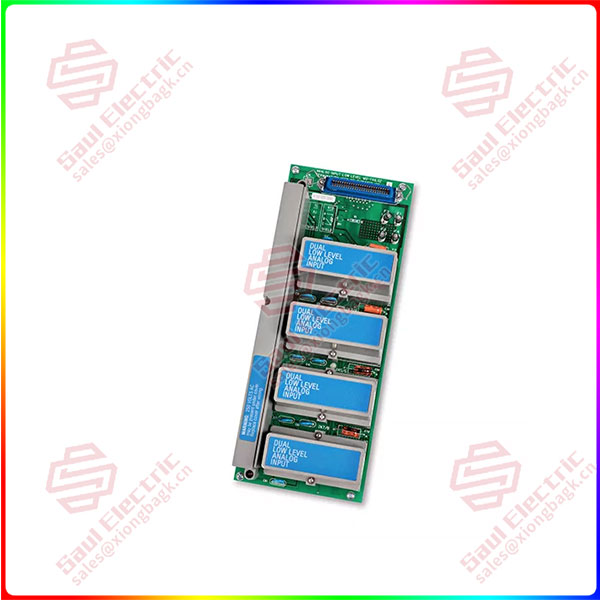Second, the era of humanoid robots is coming, and domestic manufacturers are optimistic about cutting into the high-end motor market
2.1 Wind up humanoid robots, robot motor market ready for development
The motor is one of the key components of the robot. The torque, power density and speed of the motor determine the performance of the robot. Robot-related motors can be divided into servo motors, DC motors, AC motors and stepper motors. According to Skyquest data, DC motors account for a relatively high proportion at present, while servo motors grow rapidly, mainly used in industrial robots and CNC systems with high precision requirements.
We believe that robots need to use the corresponding motor according to different scenarios, industrial robots, service robots, collaborative robots and other robots will choose different motors according to different application scenarios. In this paper, industrial robots, cooperative robots and humanoid robots are mainly used as examples to analyze the corresponding motor conditions.
2.1.1 Industrial robots: servo motor system is the “heart” of robots
Industrial robots refer to multi-joint manipulators or multi-degree of freedom robots for the industrial field, in the process of industrial production and processing through automatic control to replace humans to perform some monotonous, frequent and repetitive long-term operations, mainly including welding robots, handling robots, palletizing robots, packaging robots, spraying robots, cutting robots and cleaning robots. In the mechanical structure, industrial robots have parts similar to human walking, twisting waist, big arm, forearm, wrist, claw and so on, which are controlled by computers. Industrial robots are widely used in electronics, logistics, chemical industry and other industrial fields. According to the classification of mechanical mechanisms, industrial robots can be divided into linear robots (also known as cartesian robots), multi-degree robots (also known as multi-joint robots), parallel robots (also known as Delta-Delta robots) and horizontal multi-joint robots (also known as scara robots).

51304437-100
Industrial robots have high precision requirements, generally use servo motors, and the proportion of servo system costs in robots is 25%. As the core component of industrial robot, the service system can accurately, timely and securely transmit the command of the control layer to the execution layer.
2.1.2 Collaborative robots: Frameless motors are preferred in the context of lightweight design
Collaborative robots pursue lightweight and human-machine interaction. Collaborative robot is a new type derived from the mechanical structure of SCARA robot and vertical multi-joint robot. In addition to some differences between collaborative robots and traditional industrial robots in appearance, collaborative robots are also different from the “stiffness” pursued by traditional industrial robots in product characteristics, and collaborative robots are more in pursuit of lightweight, flexible and safe cooperation. In addition, there is also a certain gap with traditional industrial robots in structural characteristics, interaction modes, deployment costs and application scenarios.
Cobots have compact miniaturization and lightweight characteristics, so more compact and efficient motor solutions are chosen. There are some differences in the structure between the cooperative robot and the traditional industrial robot. The cooperative robot usually adopts the integral frameless motor and adopts the integrated technology. Frameless motors consist of only two parts, the stator and rotor, compared with traditional motors, the shaft, bearing and housing are removed, making them smaller, more compact, easy to maintain, and easy to be highly integrated into the hollow structure of the collaborative robot body, thereby improving its mechanical properties. In addition to servo motors, cobots typically use small, lightweight harmonic reducers. We believe that with the development of miniaturization of future robots, the requirements of narrow installation space and end force moment in the joint of collaborative robots will be significantly increased, and the challenge to the performance of frame-less motors will continue to increase.
 1 Year Warranty
1 Year Warranty




